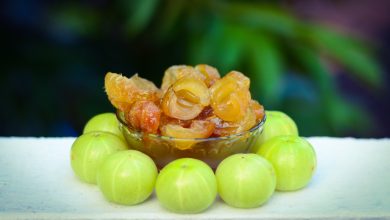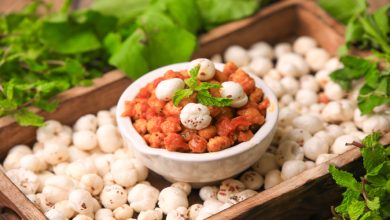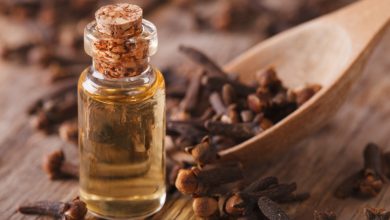Essential Insights into Quercetin: What You Need to Know

Quercetin: A Powerful Antioxidant for Health and Wellness
Quercetin is a natural flavonoid found in many fruits and vegetables, including apples, onions, citrus fruits, berries, cherries, green tea, and red wine. This potent antioxidant not only gives plants their vibrant colors but also helps protect them from UV radiation and environmental stress.
Top Health Benefits of Quercetin
1. Powerful Antioxidant
Quercetin helps fight free radicals, reducing oxidative stress that contributes to chronic diseases like heart disease and cancer.
2. Reduces Inflammation
With its anti-inflammatory properties, quercetin may help manage conditions like arthritis, allergies, and autoimmune disorders.
3. Supports Heart Health
Quercetin promotes cardiovascular health by:
✔️ Lowering blood pressure
✔️ Improving blood vessel function
✔️ Reducing cholesterol levels
These benefits may significantly lower the risk of heart disease.
4. Strengthens the Immune System
By boosting immune function, quercetin helps the body fight off infections, making it especially beneficial during cold and flu season.
5. Natural Allergy Relief
As a natural antihistamine, quercetin can help relieve allergy symptoms like sneezing, runny nose, and itchy eyes.
6. Promotes Healthy Skin
Its antioxidant effects help protect the skin from UV damage and signs of aging, while also supporting collagen production for improved elasticity.
7. Supports Brain Health
Quercetin may help protect against cognitive decline, reducing the risk of Alzheimer’s and other neurodegenerative diseases.
8. May Help Prevent Cancer
Early research suggests that quercetin might slow cancer cell growth and encourage cell death in malignant cells, though more studies are needed.
How to Add Quercetin to Your Diet
1. Eat Quercetin-Rich Foods
Incorporate foods high in quercetin, such as:
🍏 Apples – Slice into oatmeal or enjoy as a snack.
🧅 Onions & Garlic – Use in cooking for extra flavor and health benefits.
🍊 Citrus Fruits – Add to smoothies or salads.
🍓 Berries – Eat fresh or blend into smoothies.
🥦 Broccoli & Leafy Greens – A great addition to meals for a nutrient boost.
2. Try Supplements (With Caution)
If you’re not getting enough quercetin through food, supplements in the form of capsules, tablets, or powders are available. However, consult your doctor before starting.
3. Use Herbs & Spices
Add quercetin-rich seasonings like capers, dill, cilantro, and oregano to your dishes.
4. Drink Quercetin-Rich Beverages
☕ Green Tea – A great source of antioxidants.
🍷 Red Wine – Enjoy in moderation for added benefits.
5. Blend into Smoothies
Create a quercetin-packed smoothie by mixing berries, spinach, kale, and green tea for a refreshing health boost.
6. Try Skincare Products
Some serums and creams contain quercetin, which may help improve skin health and reduce signs of aging.
Final Thoughts
Quercetin is a powerful, natural compound that supports overall health, from reducing inflammation to strengthening immunity and promoting heart and skin health. Whether through food, supplements, or skincare, adding quercetin to your routine can be a simple and effective way to boost well-being.
While generally safe, some people may experience mild side effects like tingling or nausea. Always consult a doctor before taking supplements, especially if you have underlying health conditions.
By incorporating quercetin-rich foods into your daily diet, you can enjoy a natural path to better health! 🍏🌿✨



